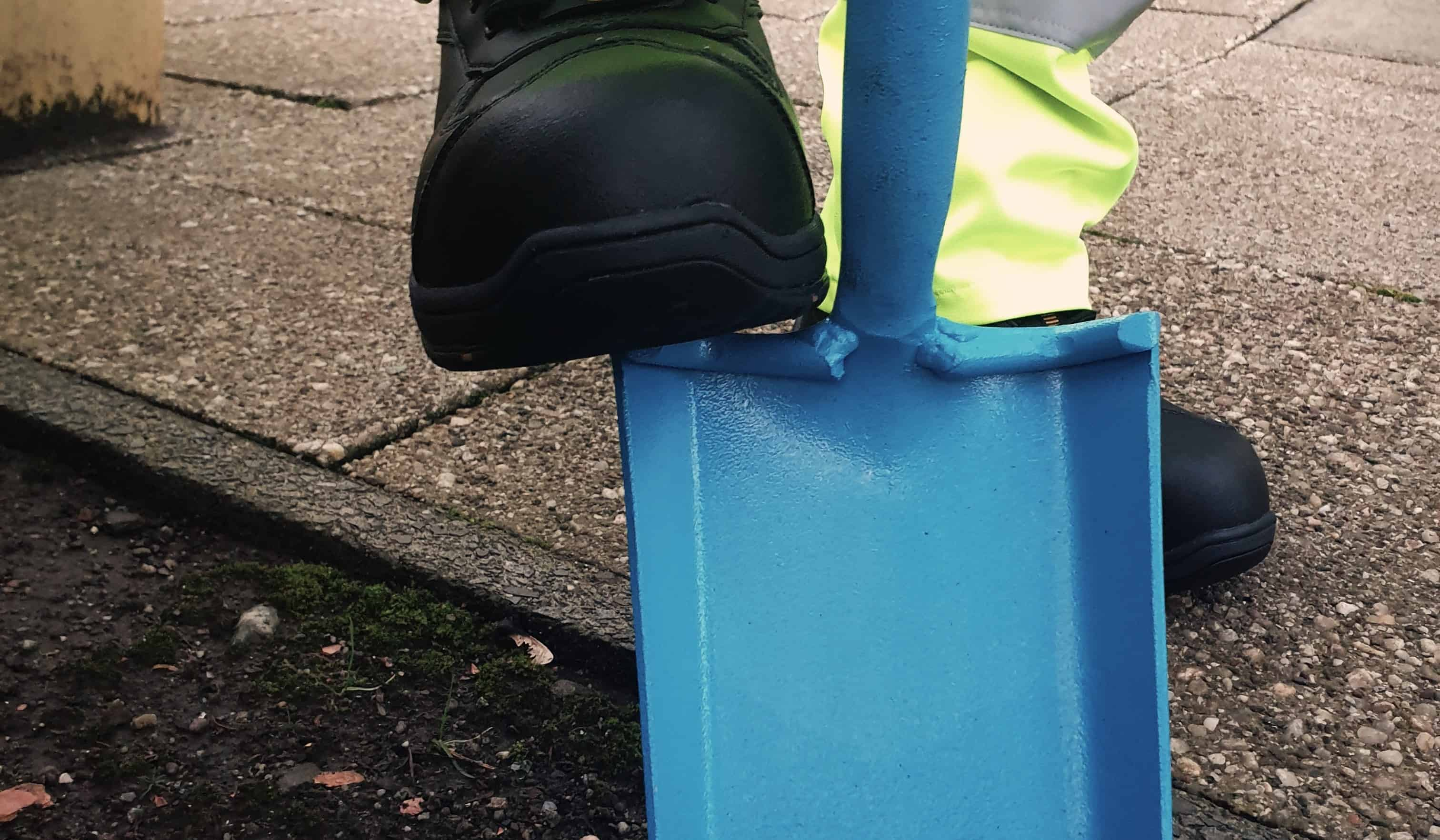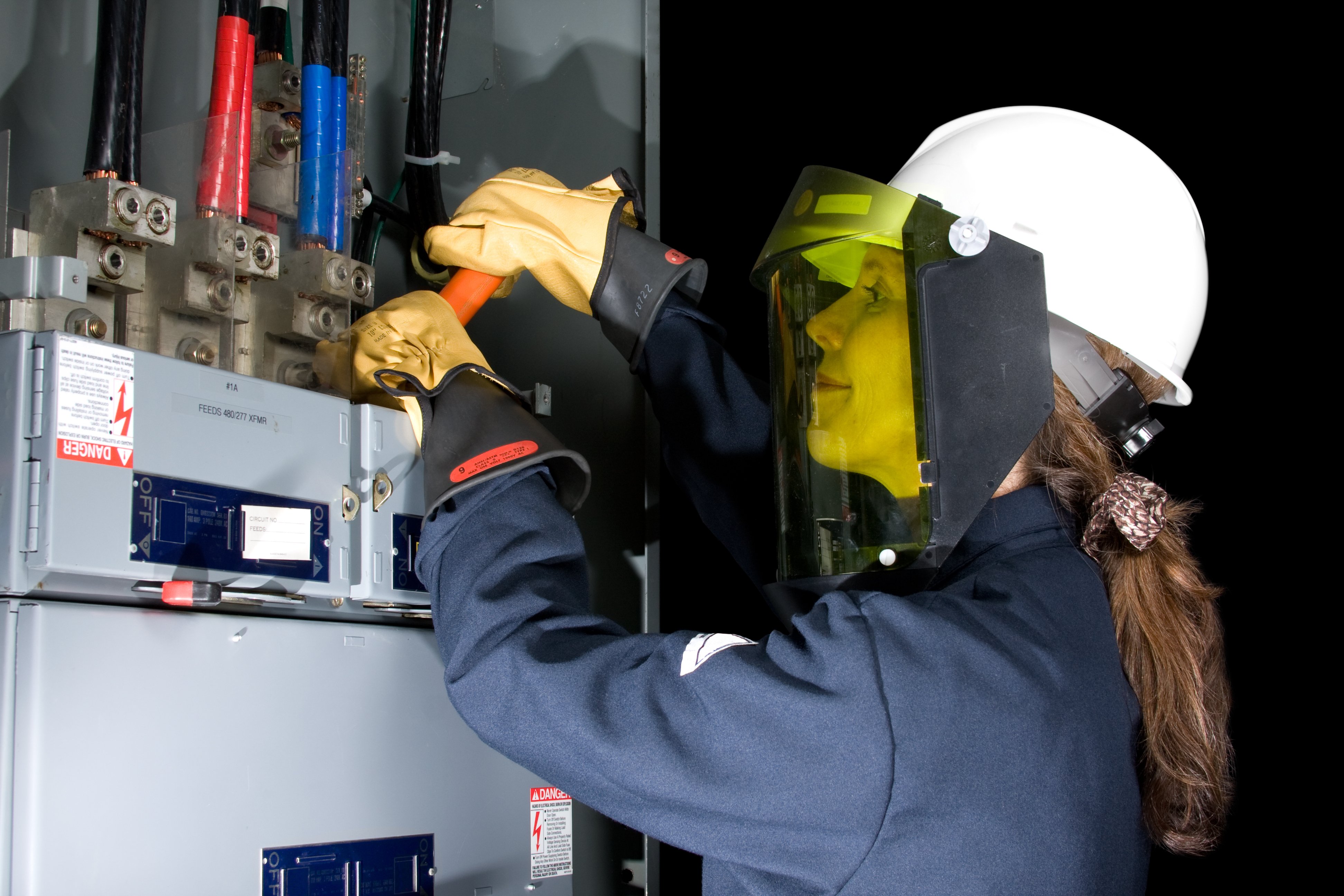How to Choose the Right Arc Flash Protection.
By Daryl Michel
When it comes to buying Arc Flash PPE Protection, it can be difficult to sift through all the information, considerations, or worse; technical jargon! If unfamiliar with this topic area, deluging yourself with information can be overwhelming.
As a Strategic Client Manager at Lion Safety with a keen interest in Arc Flash protection, I have consumed hundreds of articles and information packs about the topic so that you don’t have to.
At LION, our priority is finding this best-fit protective workwear for you, which makes understanding Arc Flash protection and the factors that affect how it performs is important.
Arc Flash protection is rarely entirely understood, but crucial to ensuring the safety of your workforce. Based on discussions I have had with our prospects, I have put together this list of topics that come up a lot:
- Layering your Arc Flash protection
- What does FR mean?
- What is the difference between inherent and treated fabrics for Arc Flash protection?
- Why it’s important to consider male/female fits in Arc Flash PPE
- What is a CAL rating?
- Fastenings on Arc Flash garments
- Comfort is key when it comes to Arc Flash protection
Let’s get right into it!
Layering your Arc Flash Protection
Did you know that what you wear underneath your Arc Flash protective outer clothing is equally as important as the garments you layer on top?
Your shirts, vests, bras and pants (yes, I am talking about your underwear) are just as important as your jackets and trousers.
There is no doubt that outer garments are crucial, but when worn on their own, they are not enough to match the risk posed to your safety by an Arc Flash. You need arc-rated base layers to protect you from an Arc Flash.
Ok, but why? Surely, if you are wearing protective outer gear, the base layers are unimportant?
Not exactly. Your outer layers will ensure that the flames caused by an Arc Flash do not come into contact with your skin. However, Arc Flash events can reach temperatures of at least 19,000 degrees celsius. This extreme heat melts everyday materials into your skin from underneath your outer PPE.
Fabrics like nylon, cotton and polypropylene are used in generic clothing manufacturing and are not designed to withstand high heat. As such, they will inflict serious burns if worn in place of arc-rated base layers and undergarments.
What does FR mean?
Flame Resistant (FR) is NOT Flash resistant
Flame-resistant (FR) clothing does not provide the same protection as arc-rated clothing. FR fabric garments are manufactured following different standards which do not require them to withstand an Arc Flash.
Arc Flash gear is designed to protect you from the fire and the intense thermal energy generated by an Arc Flash. Arc Flashes are so high in temperature that the resulting thermal radiation will vaporise nearby materials, including your non-arc-rated FR garments. This results in extreme internal and external burns.
Arc-rated garments are required to have higher tear resistance and tensile strength than generic FR clothing. Because of this, they are more expensive to manufacture, which is why arc-rated garments are more expensive to buy than FR ones. This affects the finer details of garment manufacture, such as seams and zips and fasteners: these must be arc-rated too, or the garment will not comply.
What is the difference between inherent and treated fabrics for Arc Flash protection?
If you are new to this debate, welcome – it’s a good one. If you are familiar with this debate, welcome back. The battle for space between inherent and treated fabrics is nothing new. Here is a brief recap, if you need a refresher:
- Treated fabrics are made from fibres that are not flame retardant by nature. They go through a chemical treating process to add fire-resistant qualities to them. Treated fabrics can only protect you if the treatment is not degraded, worn off, or washed off. Frequent washing and long-term use degrade their protectiveness, which is why these garments are often cheaper and seen as disposable. Treated fabrics undergo extensive testing to ensure the number of washes for which they will remain compliant. If using treated fabric garments, you must ensure you can track the number of washes the garment goes through.
- Inherent fabrics are naturally flame retardant, as the properties in the fabric do not require treating to be flame resistant. Unlike treated fabrics, they do not lose their FR properties, which means they are still compliant for long periods of wear and washing. Due to durability, inherent garments are more expensive.
Why it’s important to consider male/female fits in Arc Flash PPE
With more mixed-gender workforces on the rise in the industry, it is especially important to ensure your PPE is correct for your body. Traditional universal fits can and do pose risks to female workers. Bulkier sizes and incorrect lengths can make women more likely to roll up sleeves or modify how they wear a garment. Mis-use of a garment poses a heightened risk and can render the garments provided useless.
Often, women are forced to wear unisex or men’s safety workwear, with sizes that are too big, unsuitably fitted and uncomfortable to wear. While many do not realise it, ill-fitting and unsuitable garments have a huge impact on the level of protection provided.
In these situations, you should look towards PPE designed for women or other body types that do not fit the traditional male-focussed designs.
What is a CAL Rating?
We will get to the ‘why’s in a second. Before we take a crash course in arc flash testing jargon, let’s review some basics. Below are the basics about CAL ratings, arc ratings and how calories are involved (don’t worry, it’s not about what you eat).
Arc ratings
- An arc rating is calculated by the amount of heat the garment can block when exposed to an electric arc. The rating itself is the number of calories the garment will ‘absorb’ if exposed to an arc flash.
- Different fabrics have different ratings depending on the level of protection you will receive.
What is a CAL rating?
- We measure heat energy in calories. The bigger the calorie number, the greater the level of energy that is produced by a flame.
- A CAL rating is a number measured in cal/cm2, which represents the amount of energy delivered to a point at a specified distance from an arc flash.
What is the difference between ELIM, ATPV and EBT?
- ELIM: Energy Limit Value (ELIM), is the numerical value of incident energy transferred to the garment whereby all responses are below the Stoll Curve and without breakopen.
ELIM is calculated by averaging the three highest incident energy data points, without break open and without reaching the onset of a second-degree burn.
- ELIM is expressed in cal/cm2 and is lower than ATPV ratings.
- ATPV: Arc Thermal Performance Value (ATPV) is “the incident energy on a fabric or material that results in sufficient heat transfer through the fabric or material to cause the onset of a second-degree burn based on the Stoll curve”.
ATPV means that you have a 50% chance of being burned if exposed to an electric arc with the same calories of heat as the garment protecting you.
- EBT: Energy Breakopen Threshold (EBT), is the 50% probability of a one-inch crack in the material.
- ATPV and EBT are both used to determine arc rating. The lowest value of either of them is then considered the effective rating of the garment.
How is this applied to my clothing?
Ok, now we have finished the science lesson, we can explore how it is applied to your protective clothing. If you are in the UK, your arc-rated clothing has been tested and the arc rating calculated using the new ELIM methodology.
When applying this to Arc Flash, the higher the CAL rating on a garment, the better protected you will be against higher calorie arc events. If your clothing has a higher CAL rating than the calories of heat generated in an Arc Flash, you will be protected. Those providing PPE for Arc Flash must understand what each rating means to determine what protection their staff need.
A risk assessment can identify the level of protection the wearer will need, so you know what level of gear to buy. Don’t worry, your supplier should be able to offer guidance and expertise on how to navigate ELIM and other arc ratings. Get in touch if you want to talk about what this means for you.
Fastenings on Arc Flash garments
Fastenings are such a small detail, but so important!
When you are providing Arc Flash protection or wearing it, we encourage you to take a look at every component of the garment. Every component. From the thread used to stitch it together to the buttons, poppers and zips added to it. These must be made with flame-resistant materials too. Why? Because, in the event of an Arc Flash, non-arc-rated fastenings will melt and not only burn you but add the potential for further weakness in the garment that will compromise its ability to protect you from several thousand-degree heat.
Comfort is key when it comes to Arc Flash protection
There is a stigma that Arc Flash and FR clothing are huge, bulky, stiflingly hot and generally very uncomfortable. While this may have been true historically, it is not true of all products now. In the past, fabrics providing this protection were heavy and stiff. But, with advancements in technology, there are now a wealth of fabrics available that are lighter, more breathable, softer and comfortable.
Your PPE is your last line of defence, but if this is uncomfortable, it can be tempting not to wear your kit properly or at all. This means that regardless of rating, layering, fastenings and the rest; these garments will be compromised. This is why it is so important to choose PPE that is comfortable.
Take a deeper dive into Arc Flash protection
As you can see, there is a lot more to Arc Flash protection than meets the eye. From your base layers to the seams, buttons and fastenings; there is no room for half-efforts or mixing garments with non-arc-rated elements. Any deviation from what is required by legislation can have catastrophic (even fatal) consequences.
No doubt, Arc Flash is a big topic to cover, and if you’re new to it and need to source Arc Flash protection, it can be overwhelming. But, there are great resources out there waiting for you! We’ve listed a few of our top picks below:
- If you felt a bit out of your depth here, you can go back to basics please check what is Arc Flash? and does your team need Arc Flash Protection?
- ProGARM is also leading the way in discussions about layering in Arc Flash protection, specifically for women.
- Whether inherent FR fabric or treated FR fabric is better for you is a huge topic with plenty more to explore. I published an article all about the inherent vs treated fabric debate, that you can read for more information.
- If you want more information on ELIM and the standards that items are tested too, we recommend you check out Arc Flash Personal Protective Equipment Ratings Explained by Electrical Safety UK.
When it comes to buying Arc Flash protection, the most important things to consider are the level of protection your workers will need, and their comfort. If they’re not comfortable, they will not wear the gear correctly and therefore it will not protect them properly.
If you need help, or just want to talk over what options you have, get in touch with me and we can chat about your requirements.

Daryl Michel
Strategic Account Manager
Email: Daryl.Michel@lionsafety.co.uk

